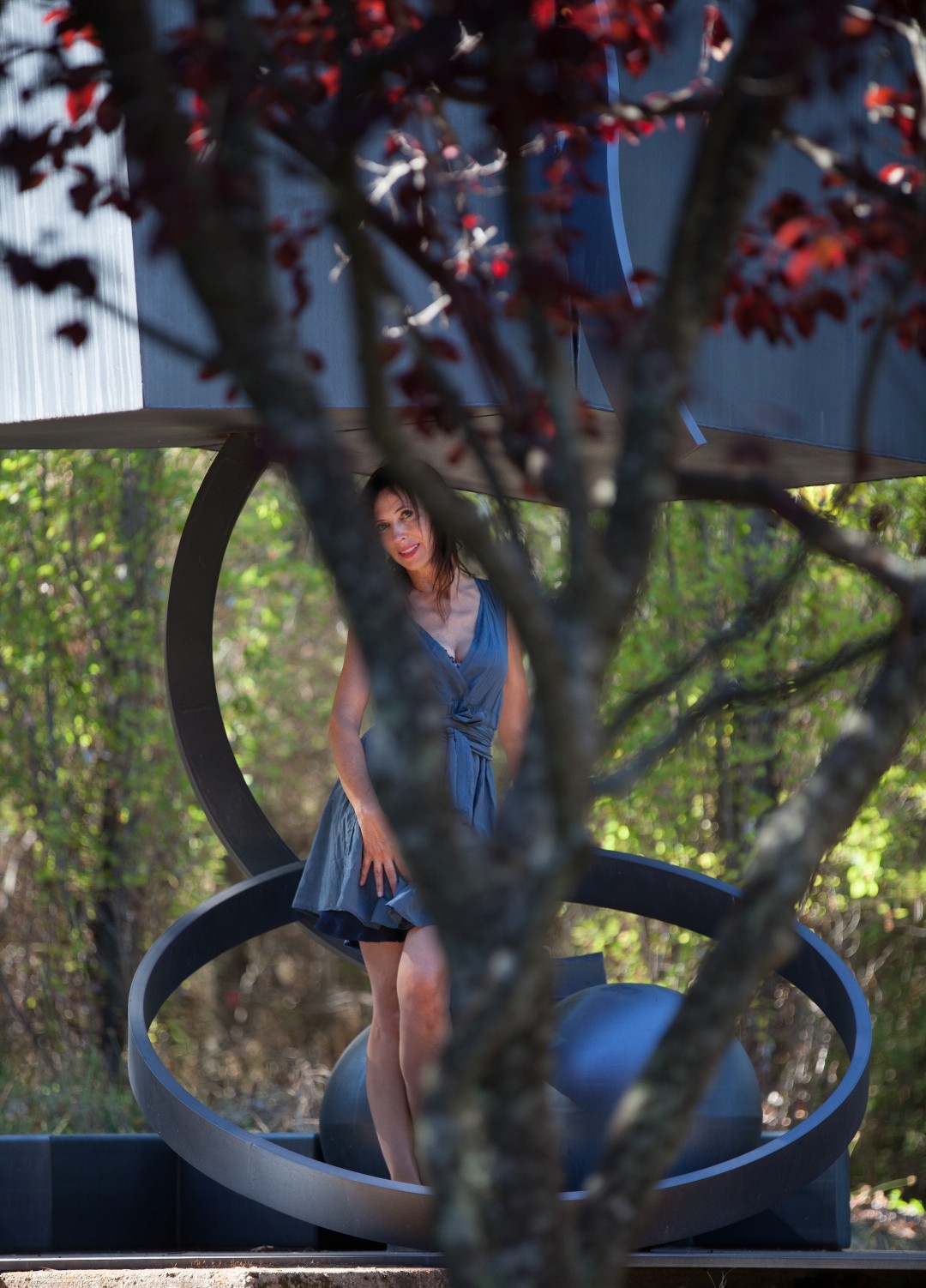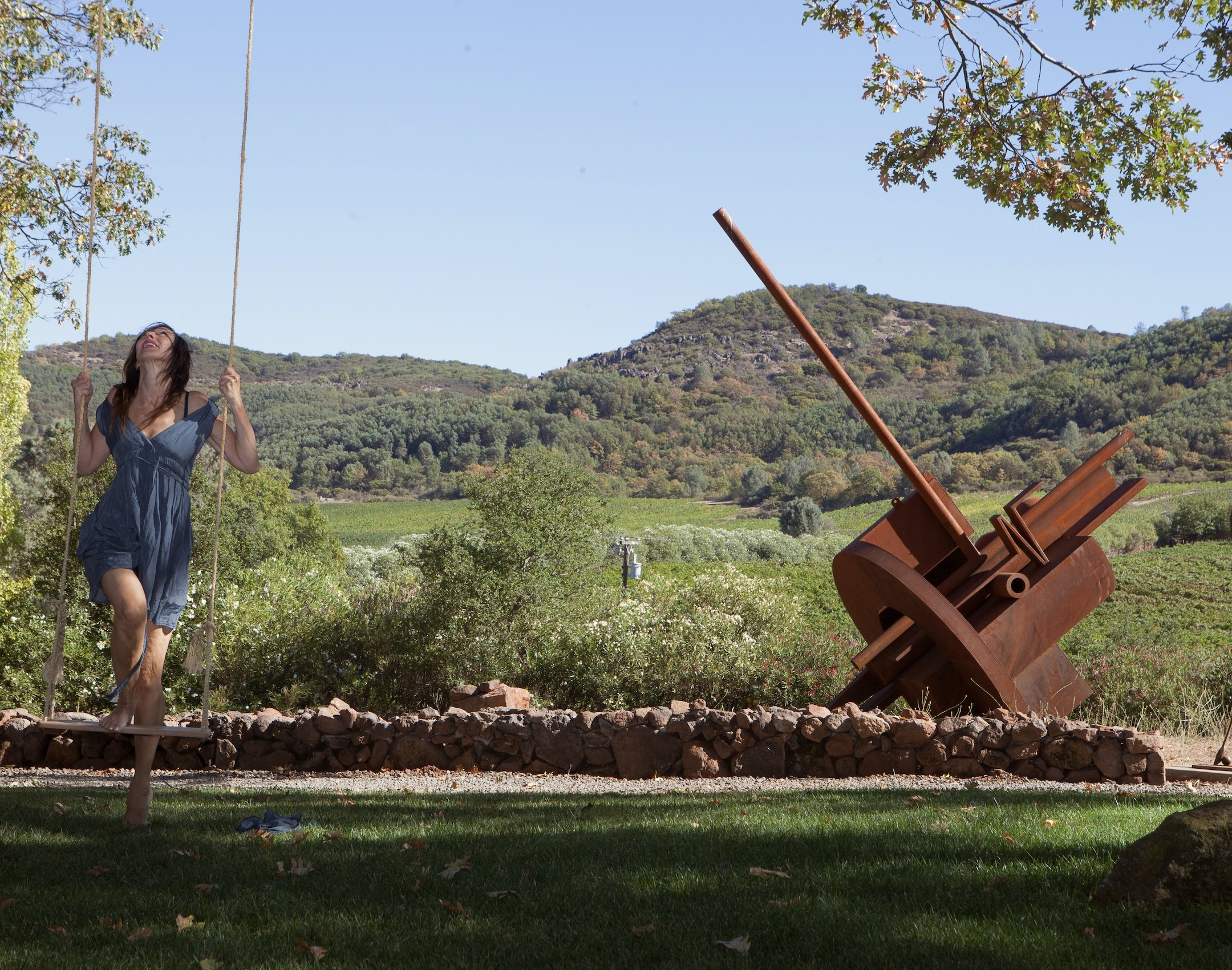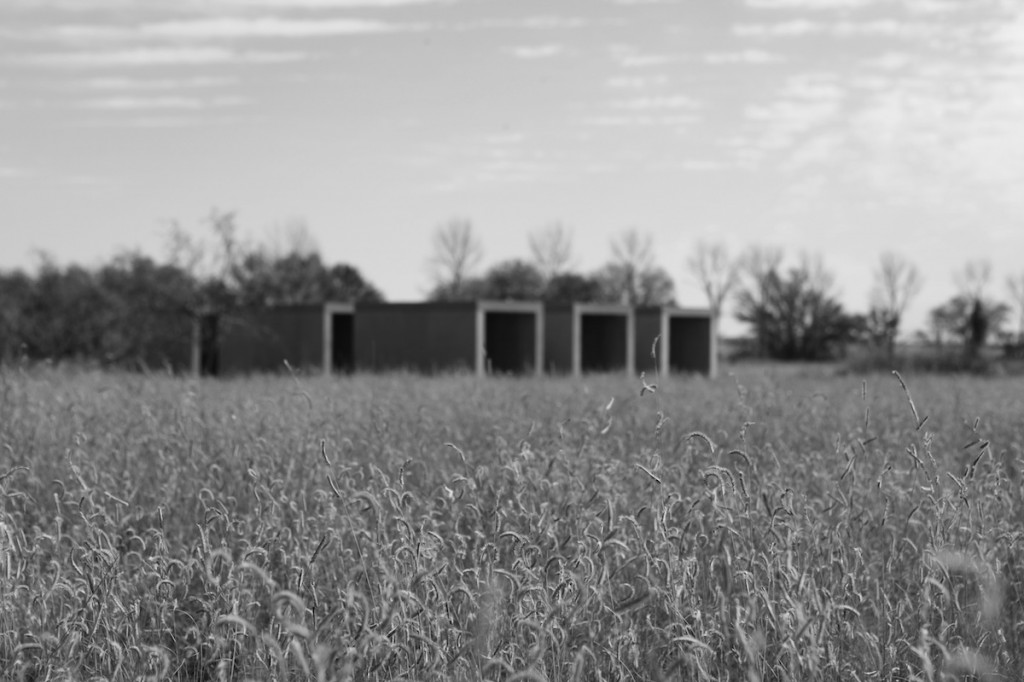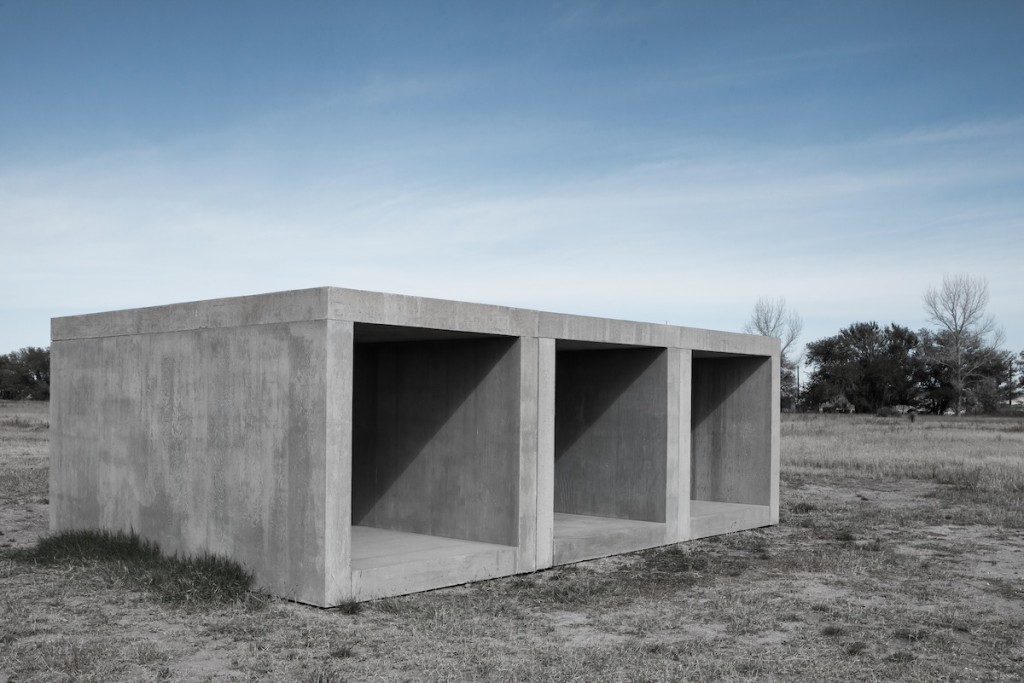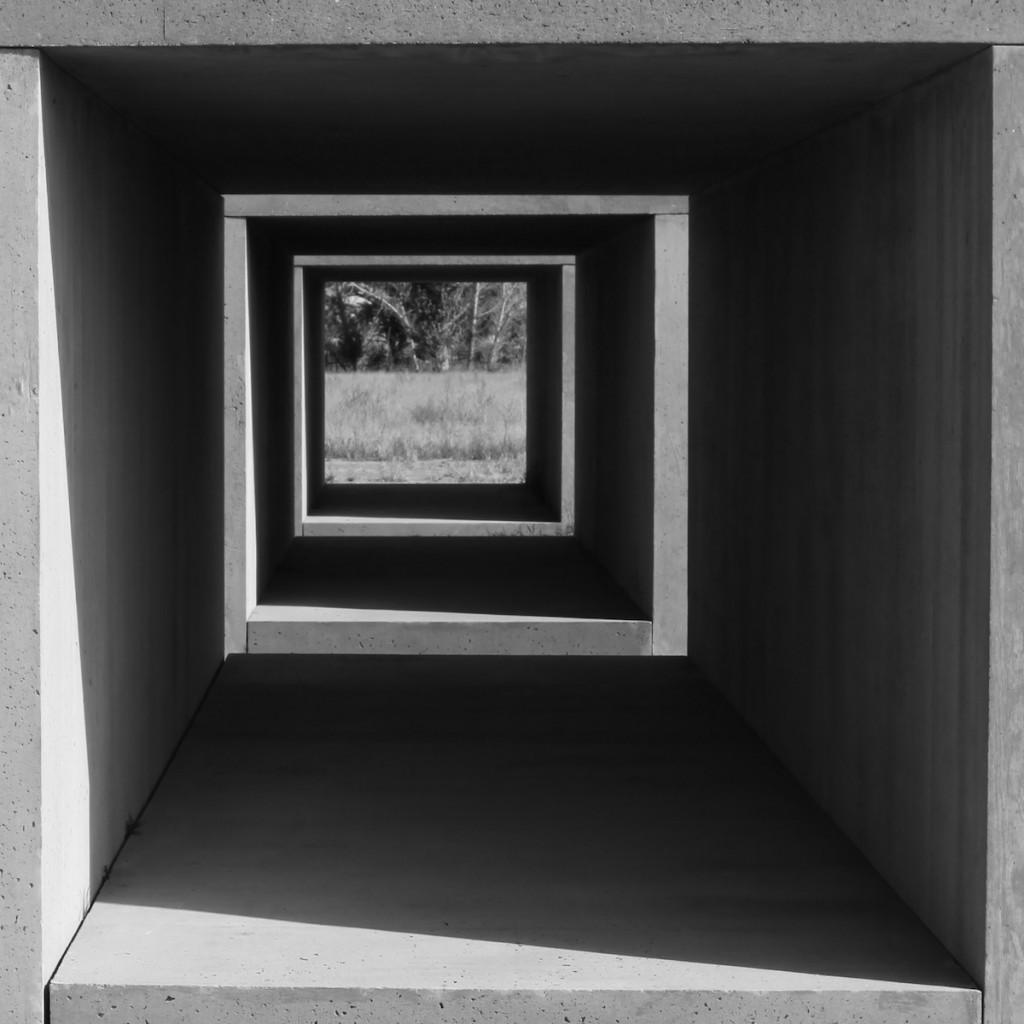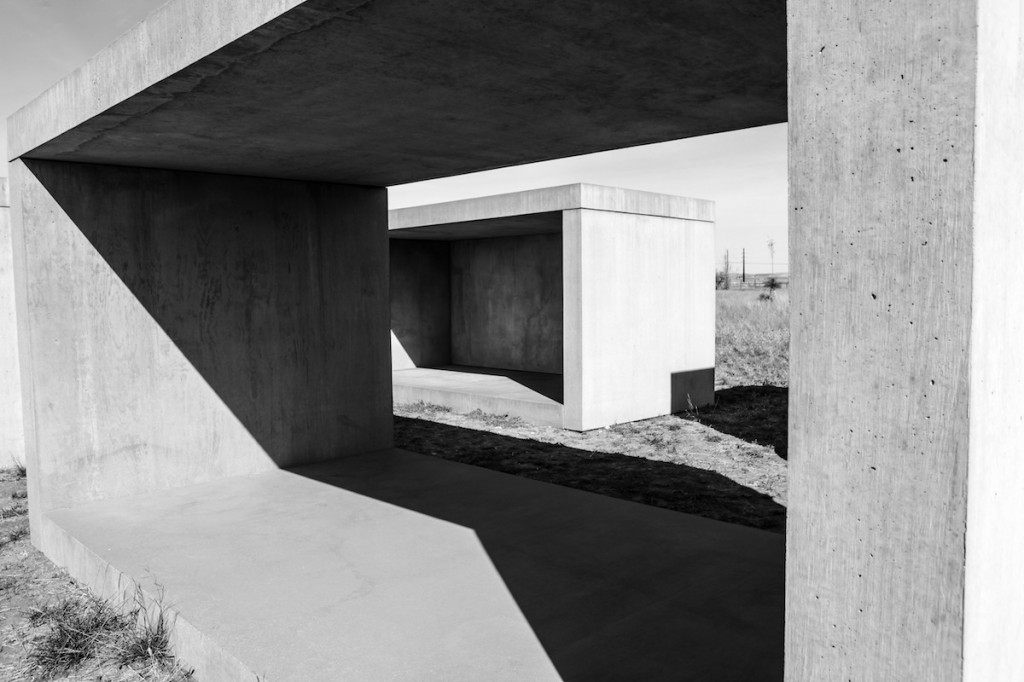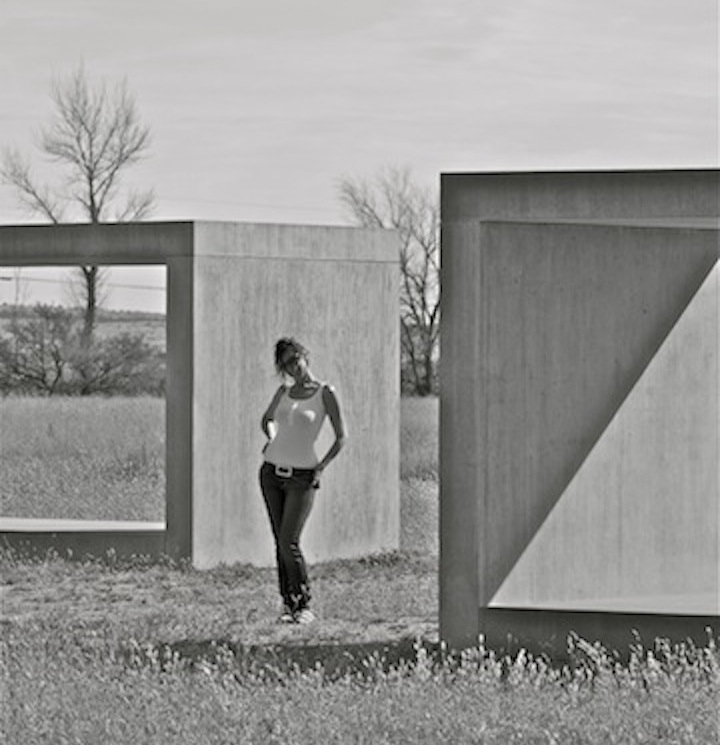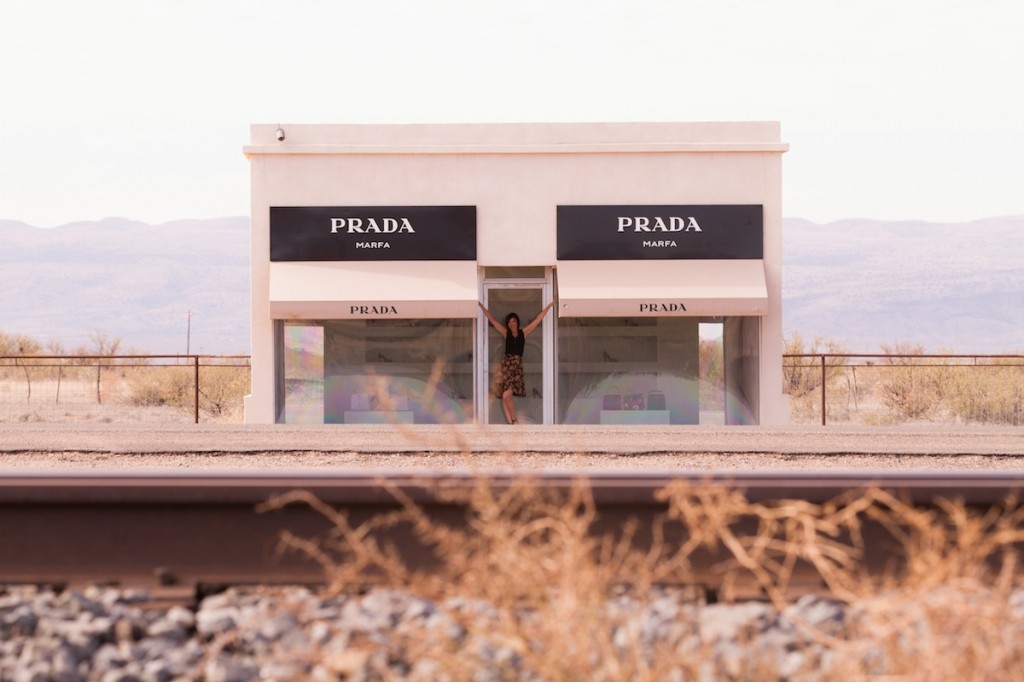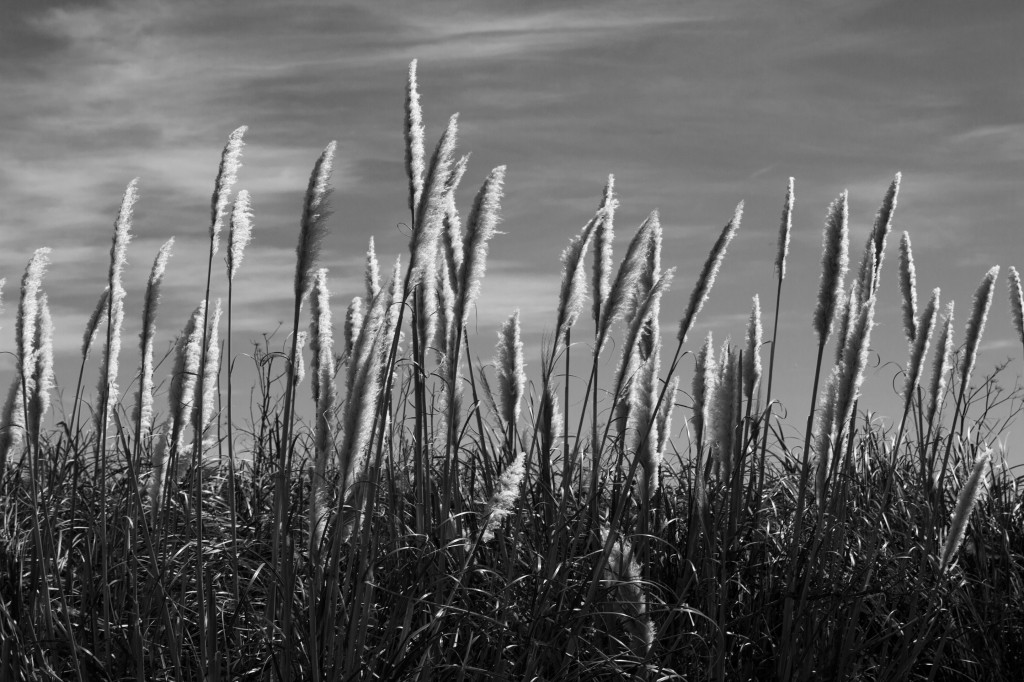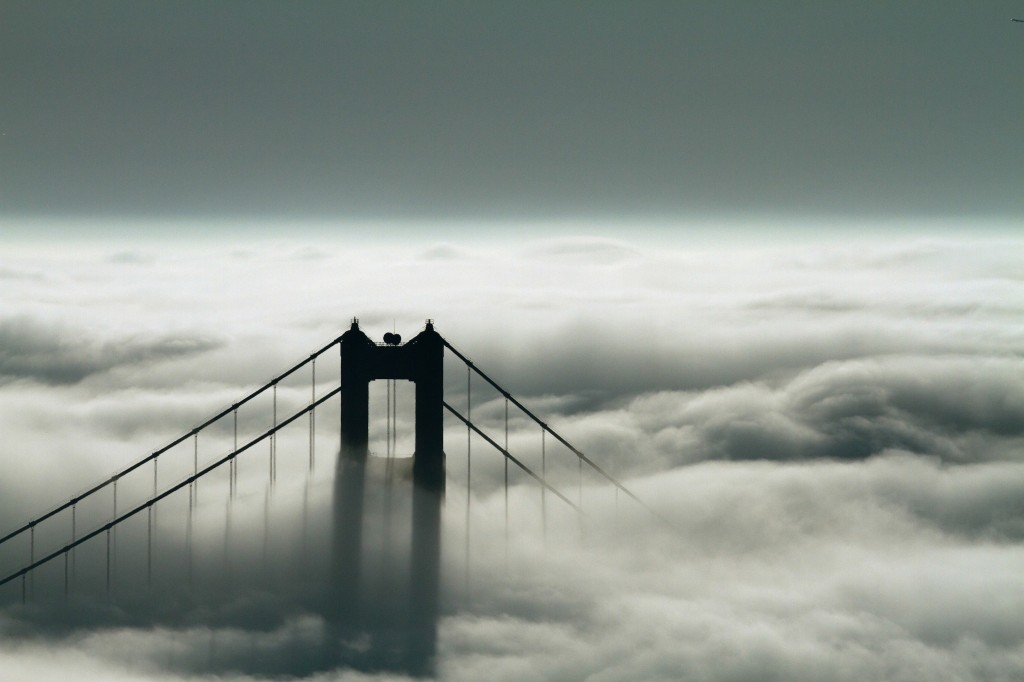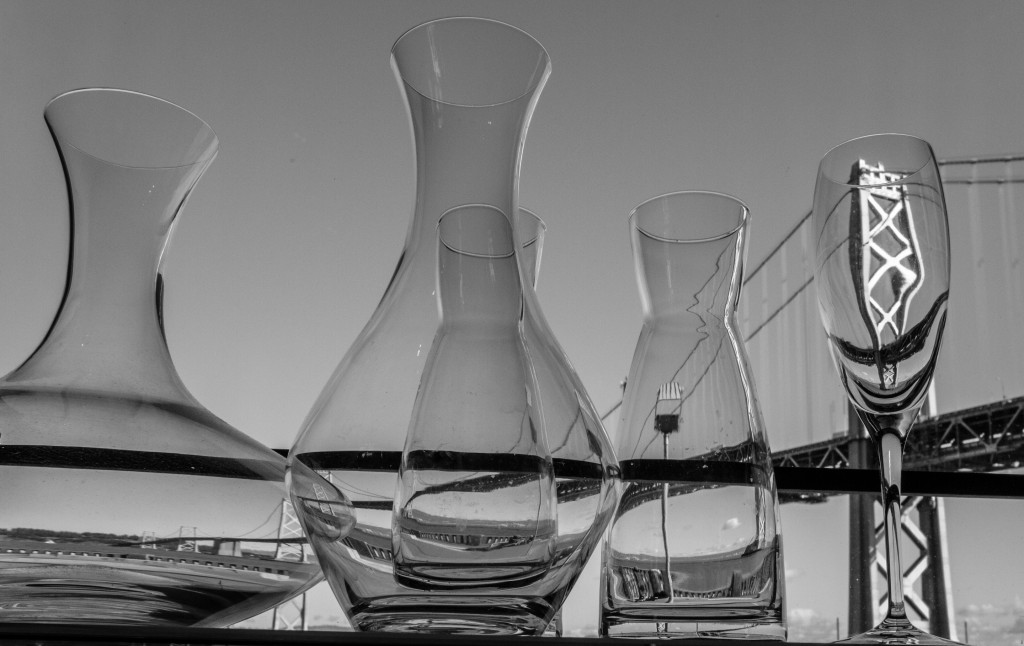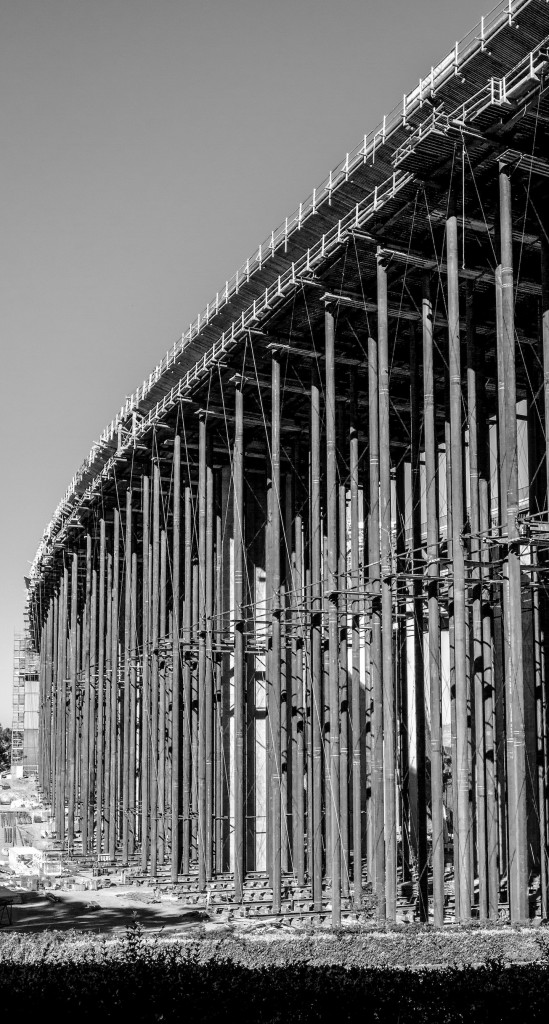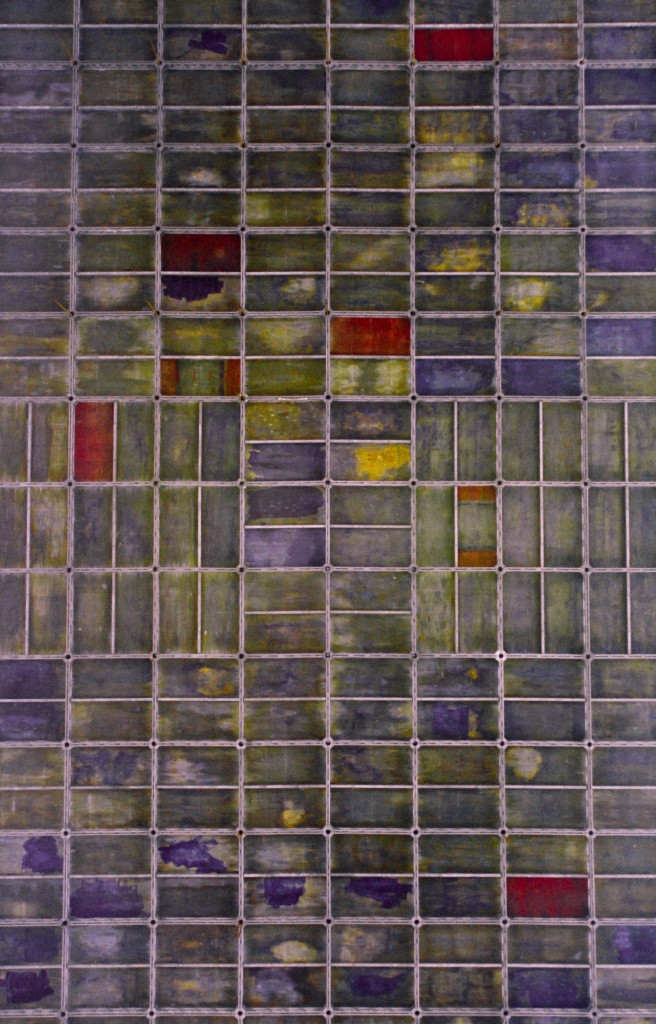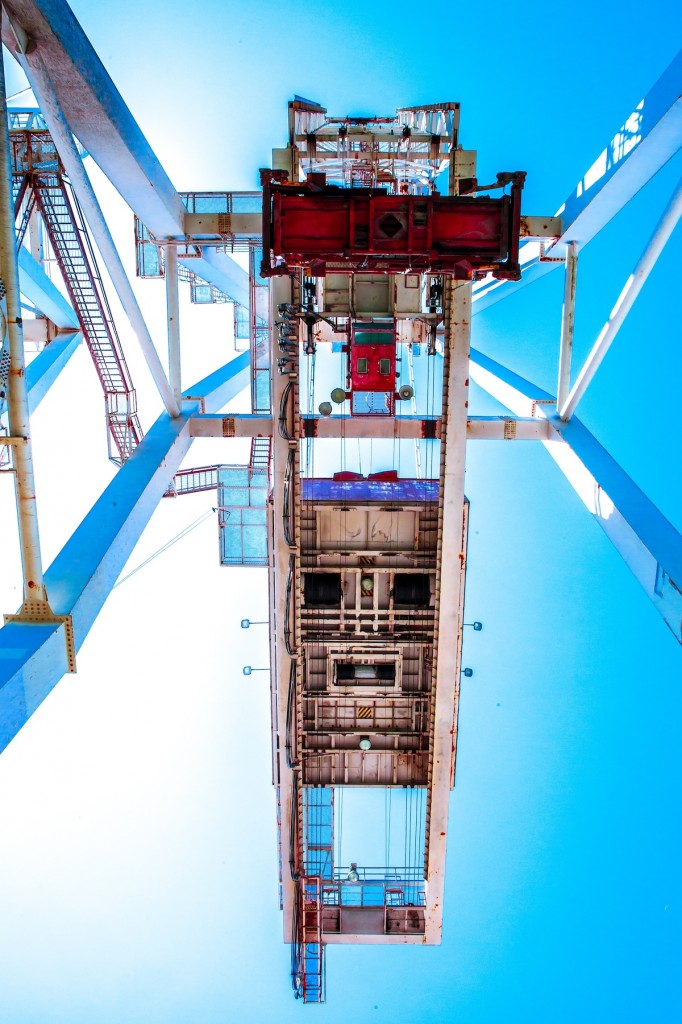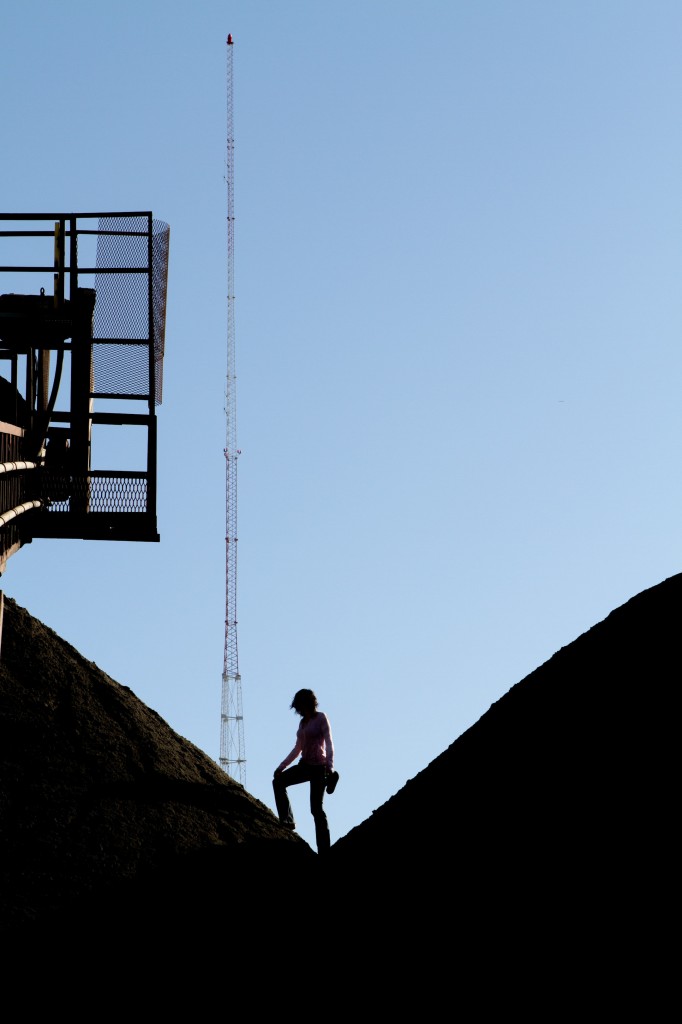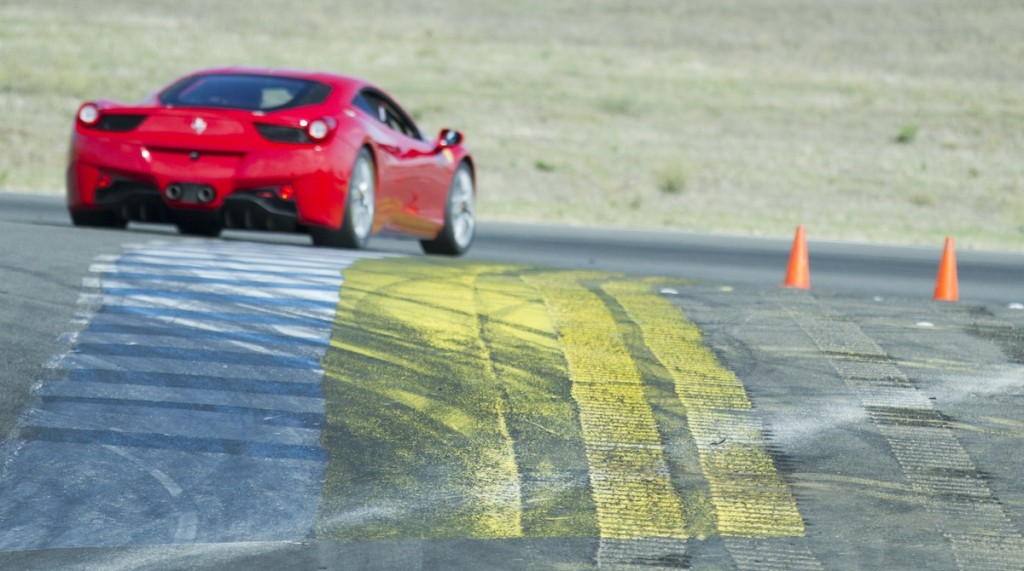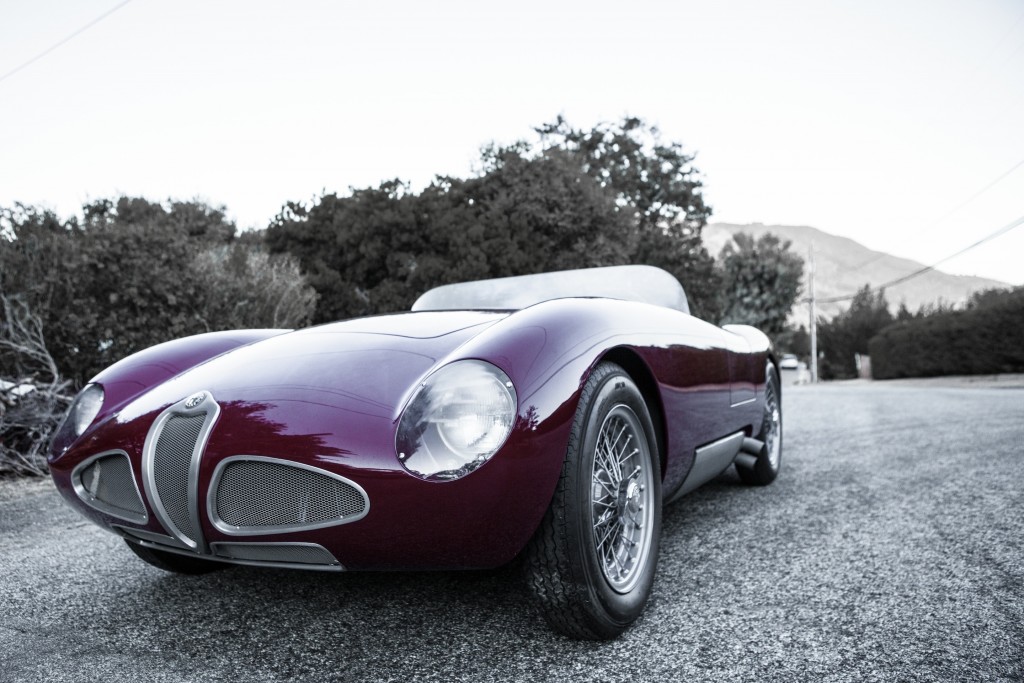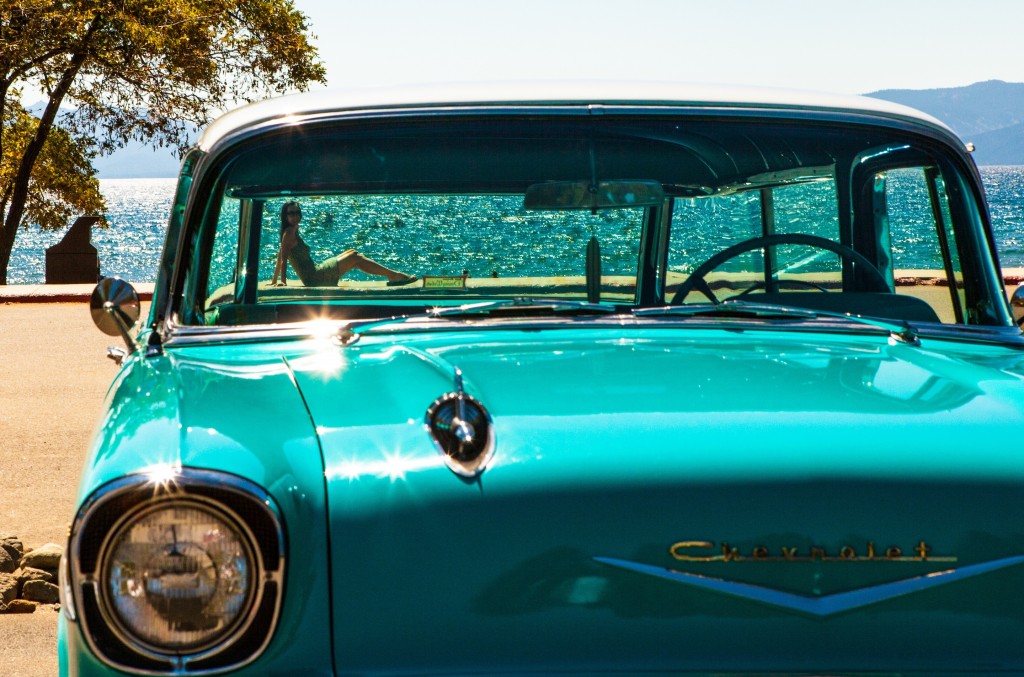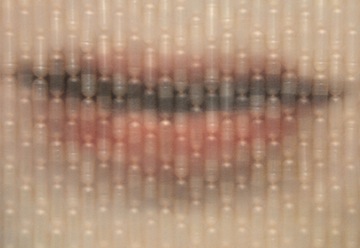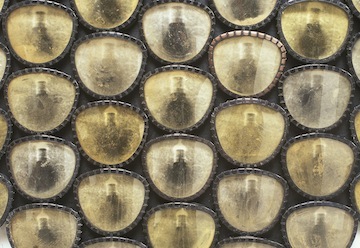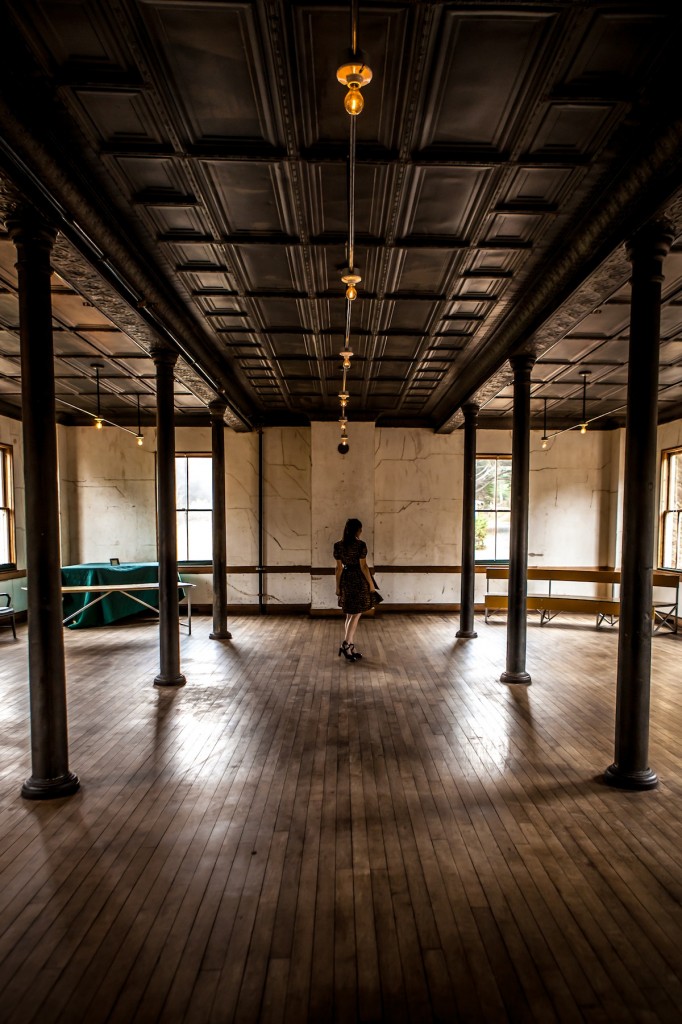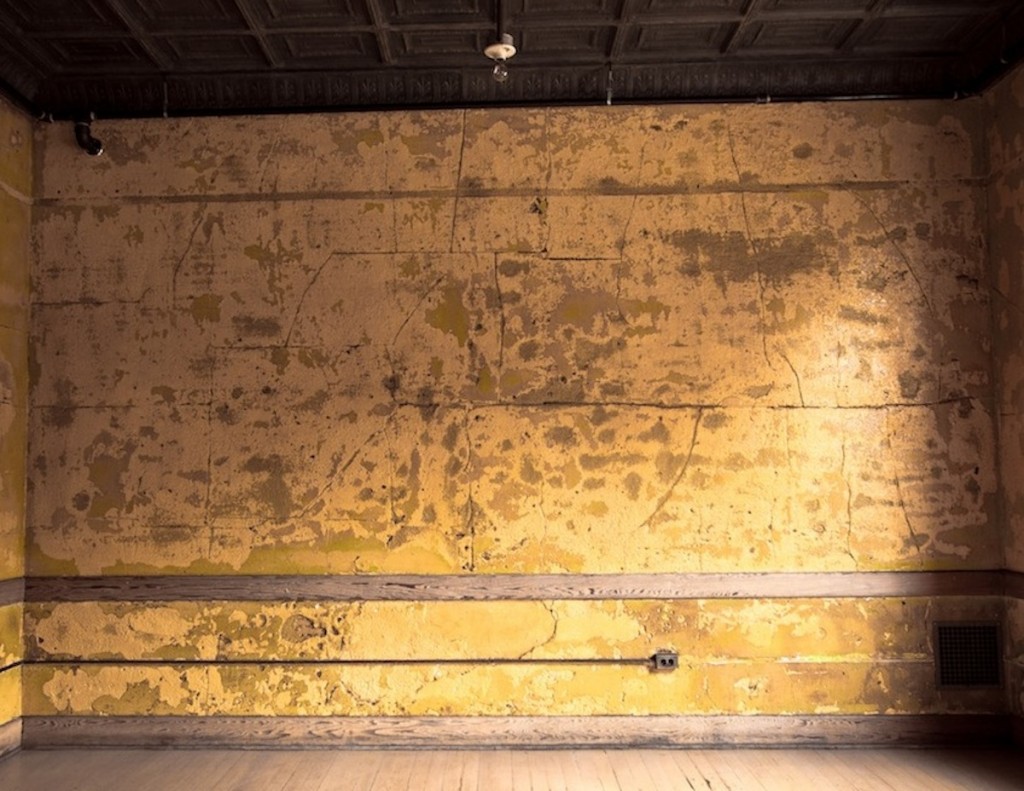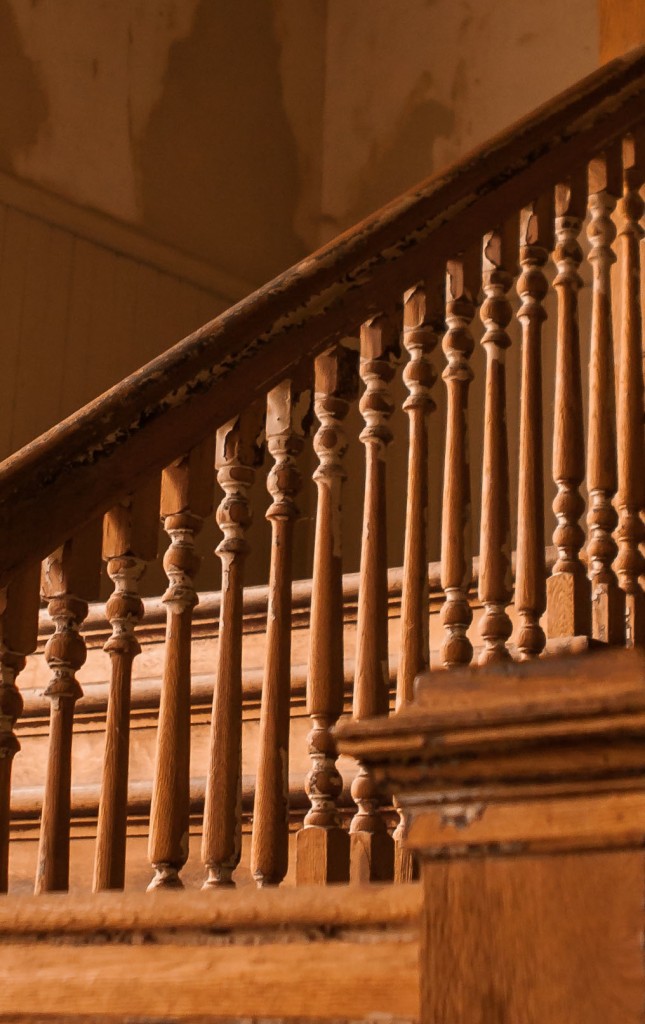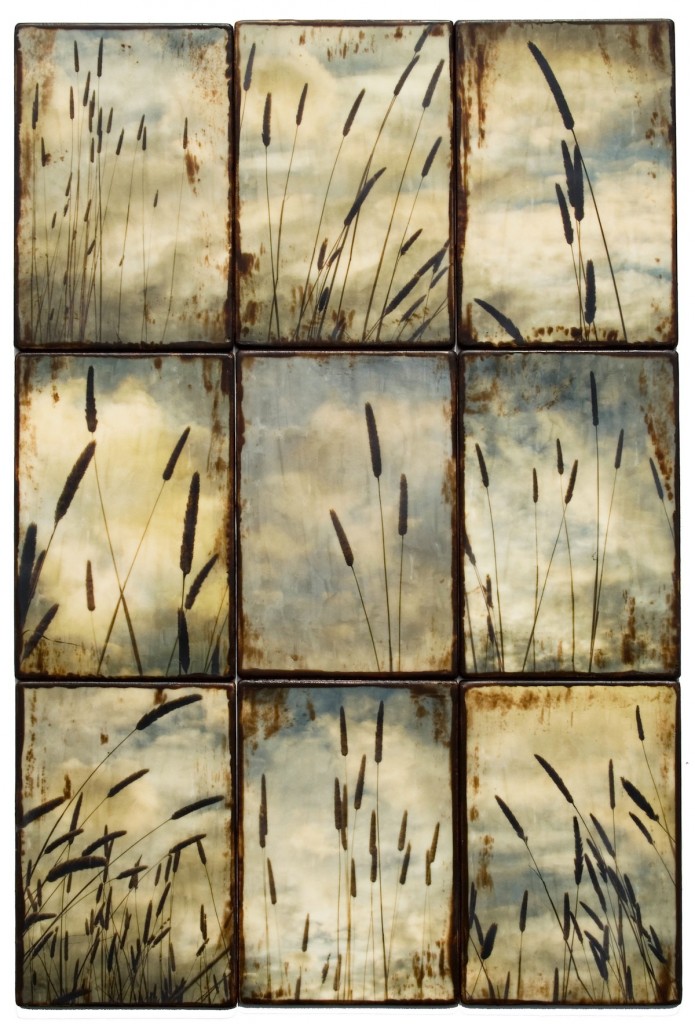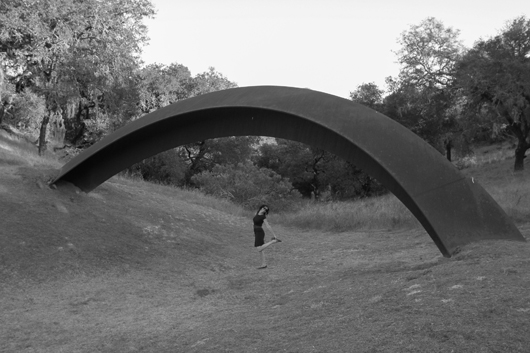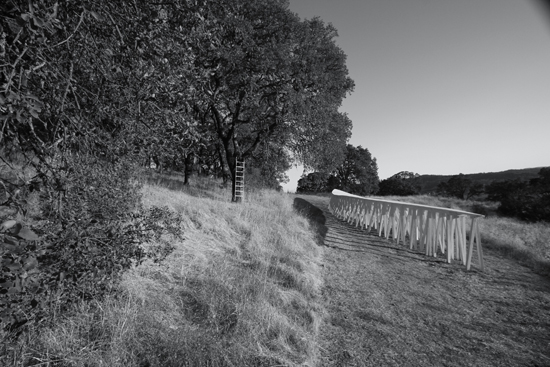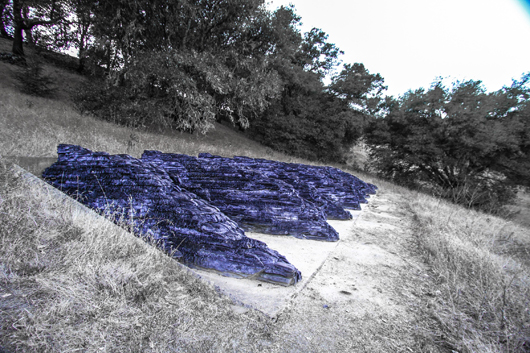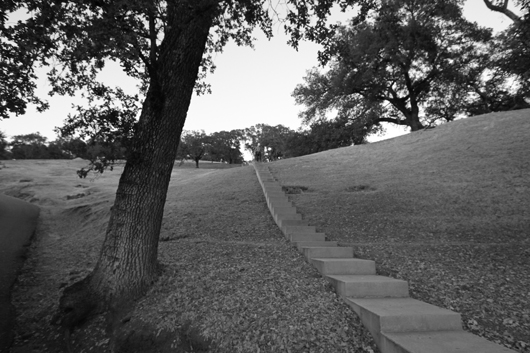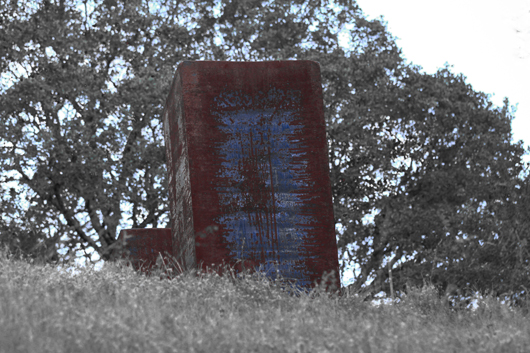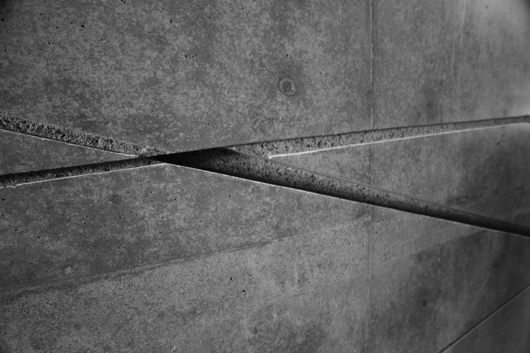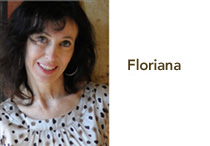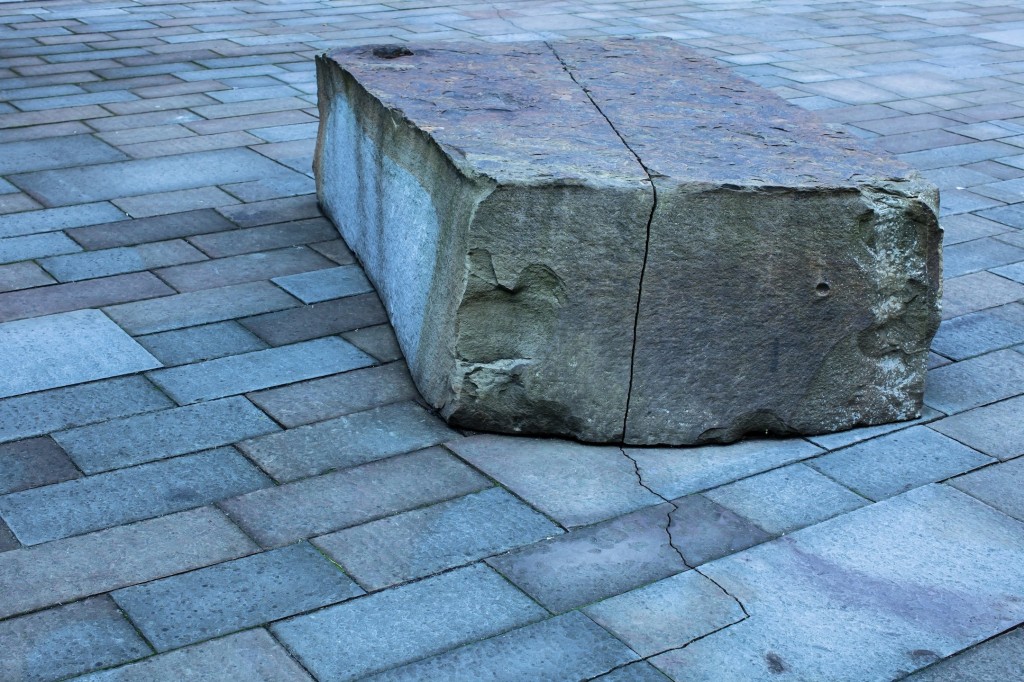
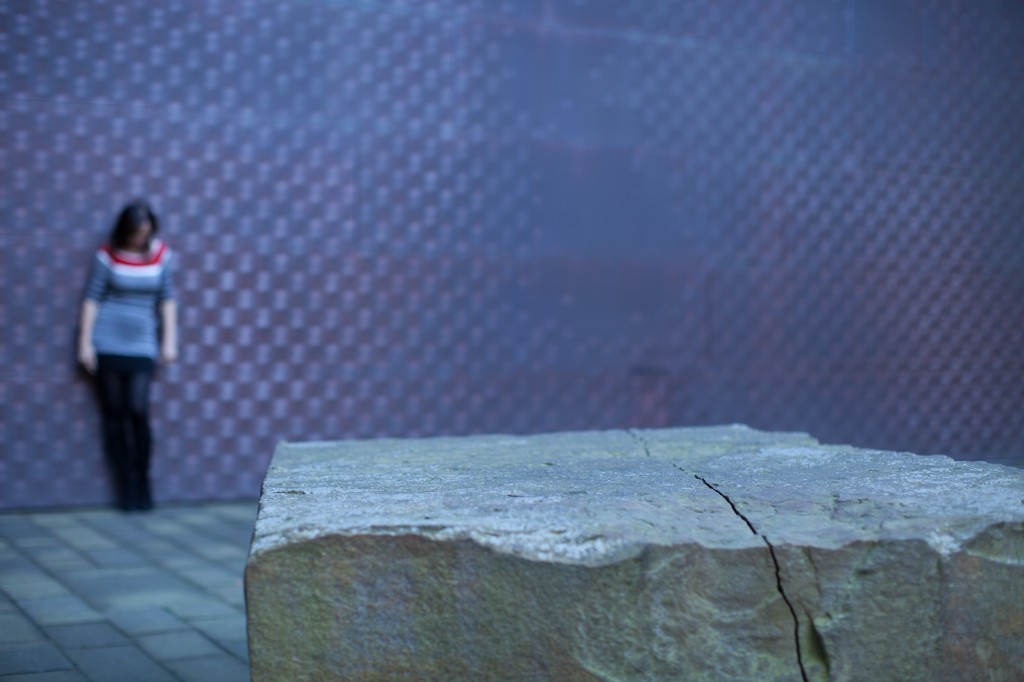
My appreciation of Andy Goldsworthy’s art installments began in 2001 shortly after I dragged my seven-year-old daughter, Adriana, to the Roxie, a one-hundred-and-four-year-old theater in the Mission District which, you could argue, looks its age, to see the documentary, Rivers and Tides.
Rivers and Tides has become a classic and a great inspiration to would-be artists wishing to collaborate with nature. Goldsworthy is the master collaborator, and his genius is his ability to fit things together, particles of ice, a pile of stones, a string of leaves. To fit things together, but subtly — not in an effort to decorate nature or to try to one-up natural beauty but merely to add an unexpected caption. As though to say, ‘I offer this by way of thanks and appreciation.”
Most of Goldsworthy’s art decomposes or otherwise disappears back into the earth over time. One merely needs to look at his installations at Oliver Ranch in Sonoma. All were temporary: the longest lasted three months, the shortest, just a few minutes.
Yet the Bay Area has become a home to three of his very rare permanent installations.
The first, Drawn Stone, was installed in 2005 for the entry to the De Young Museum. The work features a continuous crack thru the floor and stone slabs, representing the fault-line of the Great Earthquake.
The second work, Spire, stands in the Presidio. It’s a 100-foot-tall structure composed in 2008 of Cypress tree trunks that were removed as part of the replanting of the Presidio’s historic forest. The wooden tower, reminiscing of Trans America Tower, looks like a natural mirror to the building that dominates the downtown skyline.
The third work is Stone River, a 320-foot wall-like serpentine on the campus of Stanford University, constructed in 2001 with sandstone from University buildings destroyed in the 1906 and 1989 earthquake.
Like Venice, where each rise in the water line reminds residents that the city is slowly disappearing into the sea, San Francisco shares the fear of a similar vanishing point, a great earthquake..
It reminds us of the recurring metaphysical message: Don’t get caught up in what might happen, even what will happen — but focus on the beauty and mystery of nature and the intersections between the man made and the mother nature-made.
Goldsworthy reminds us that everything is temporary and more important that this is all nature’s way, and our way, and not to be fought.
When Goldsworthy is done with his project, his art companion, nature, continues on with the process.




